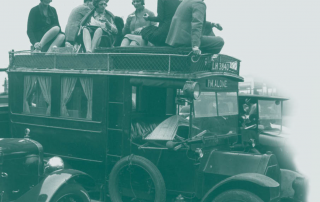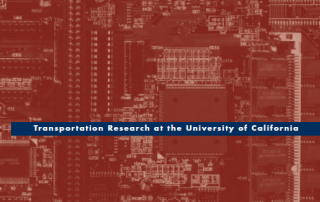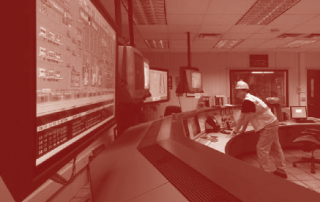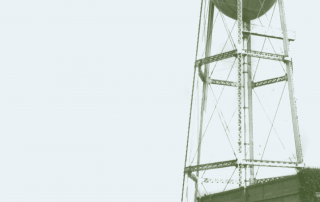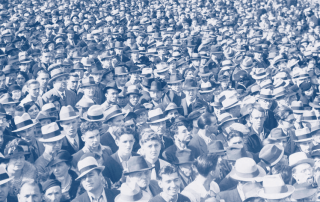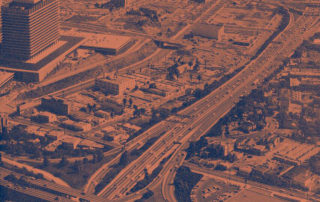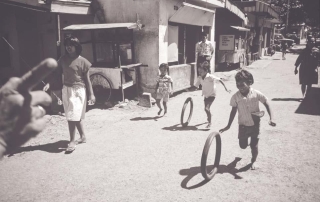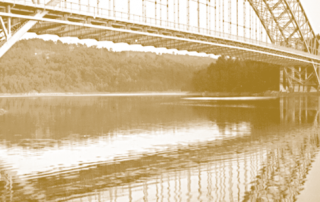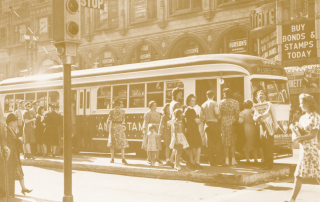Dynamic Ridesharing
Elizabeth Deakin,
Karen Trapenberg Frick, and
Kevin Shively
Most cars can carry at least four passengers, but the average auto occupancy rate for all trips in the US is only 1.6 persons. Because all the empty seats in cars represent our greatest source of untapped transportation capacity, promoting ridesharing is of considerable interest. Government agencies across the country employ ridesharing programs both to provide transportation at low cost and to reduce traffic congestion and the other costs of solo driving.

